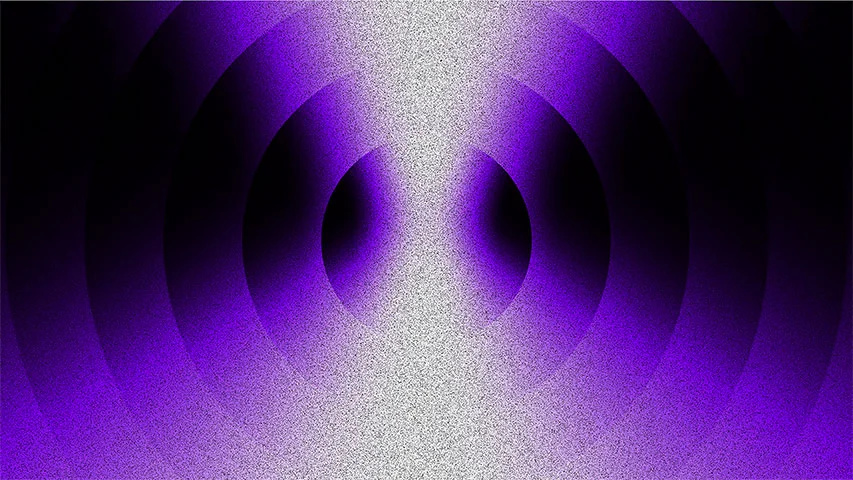AI-Powered Creativity: How Artificial Intelligence is Changing the Design World
Artificial Intelligence (AI) is transforming industries across the board, and the design world is no exception. Once thought of as a domain strictly for human creativity, design is now being revolutionized by AI-powered tools and systems. From automating repetitive tasks to generating entirely new design concepts, AI is enhancing the creative process and expanding the possibilities of what designers can achieve. In this article, we’ll explore how AI is changing the design landscape and the opportunities it presents.
1. Automating Repetitive Design Tasks
One of the most immediate benefits of AI in design is its ability to automate repetitive tasks. Designers often spend significant time on mundane tasks such as resizing images, color correction, or layout adjustments. AI-powered tools, such as Adobe’s Sensei, streamline these processes by automating these actions, allowing designers to focus more on creative ideation and less on manual labor. This not only saves time but also improves efficiency and workflow.
2. Enhancing Creative Decision-Making
AI is also proving to be a powerful tool in aiding creative decision-making. By analyzing data and user behavior, AI can provide designers with insights into what types of designs perform best. This data-driven approach allows designers to make more informed decisions about layout, color schemes, and typography, ensuring that the final design resonates with the target audience. AI can even predict trends, helping designers stay ahead in a fast-evolving creative landscape.
3. Generating Design Concepts
AI is not just assisting designers—it’s generating entirely new design concepts. AI-powered tools like DeepArt or Runway ML allow designers to input parameters and have the AI generate original artwork, patterns, or designs based on that input. These tools act as creative collaborators, offering a fresh perspective and producing designs that a human might not have conceived. This fusion of human creativity and machine learning opens up endless possibilities for innovation.
4. Personalized User Experiences
Personalization is a key trend in modern design, and AI is at the forefront of delivering personalized experiences. AI algorithms can analyze user data to create tailored design solutions, from personalized product recommendations to dynamic website layouts that adapt to individual preferences. This level of customization not only enhances the user experience but also boosts engagement and conversions, making AI an invaluable asset in customer-centric design.
5. Expanding the Boundaries of Art and Design
AI is also expanding the boundaries of what we consider art and design. AI-generated artwork is gaining popularity, with exhibitions showcasing pieces created entirely by algorithms. These AI-generated designs challenge traditional notions of creativity, sparking discussions about the role of technology in art. As AI continues to evolve, it’s likely that we’ll see even more groundbreaking innovations that push the limits of creative expression.
Conclusion
AI-powered creativity is reshaping the design world, offering new tools, perspectives, and opportunities for innovation. By automating tasks, enhancing decision-making, generating new concepts, and personalizing user experiences, AI is becoming an indispensable part of the creative process. While AI may never fully replace human creativity, it is undoubtedly transforming the way we approach design, pushing the industry into uncharted territory.


